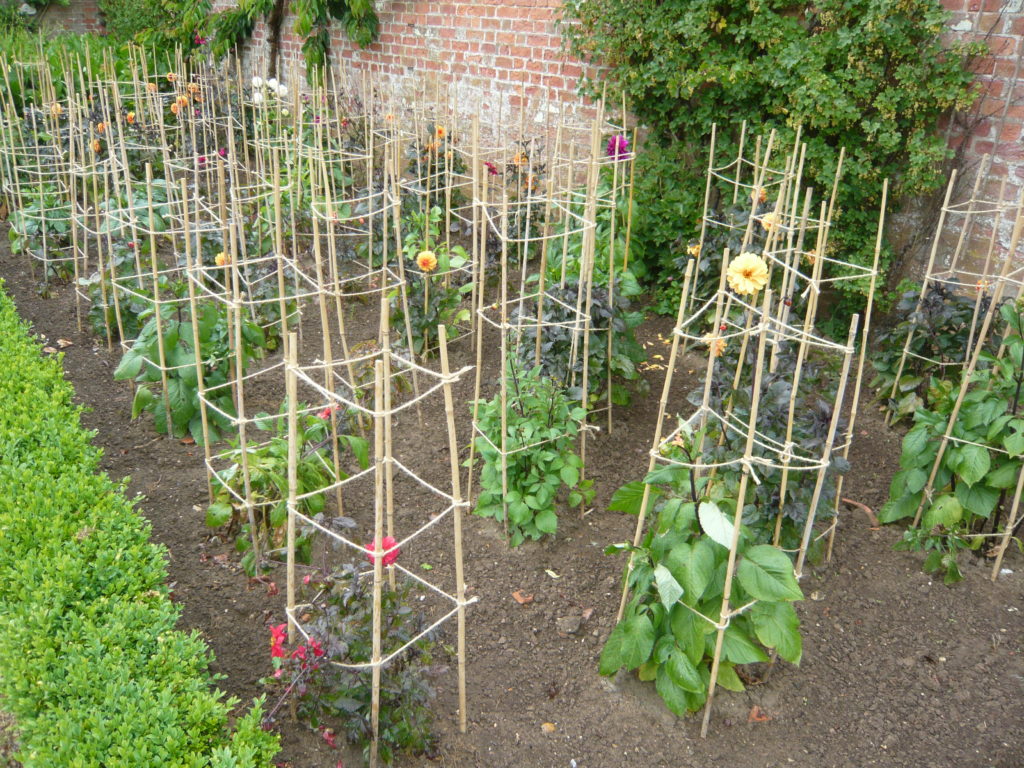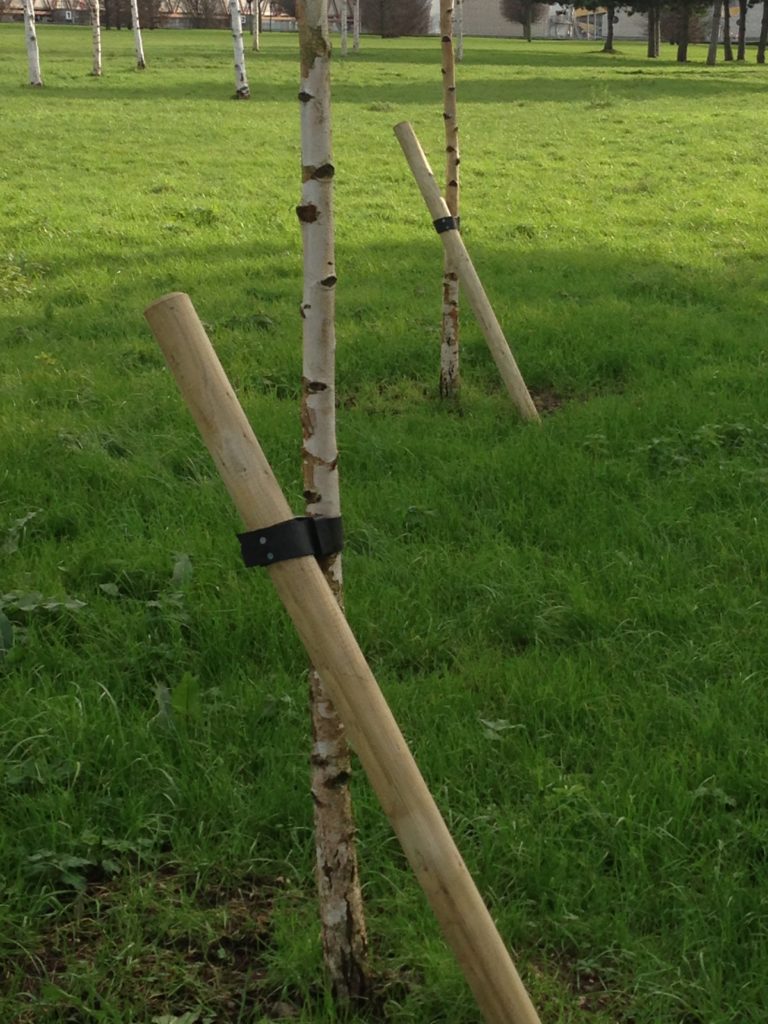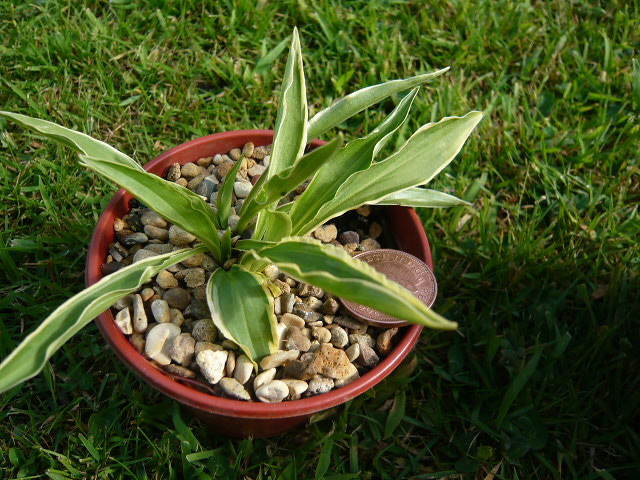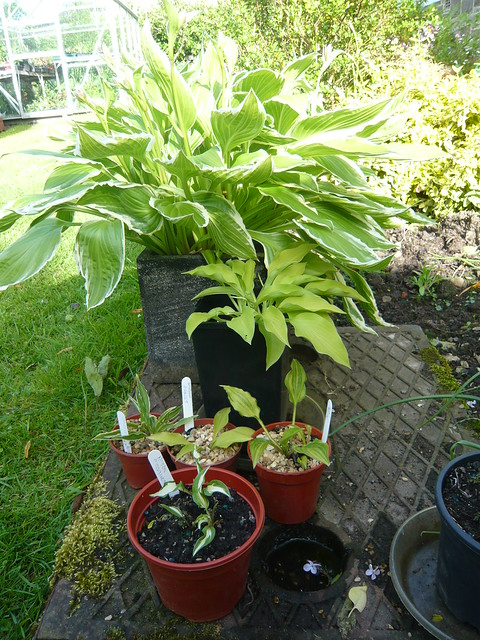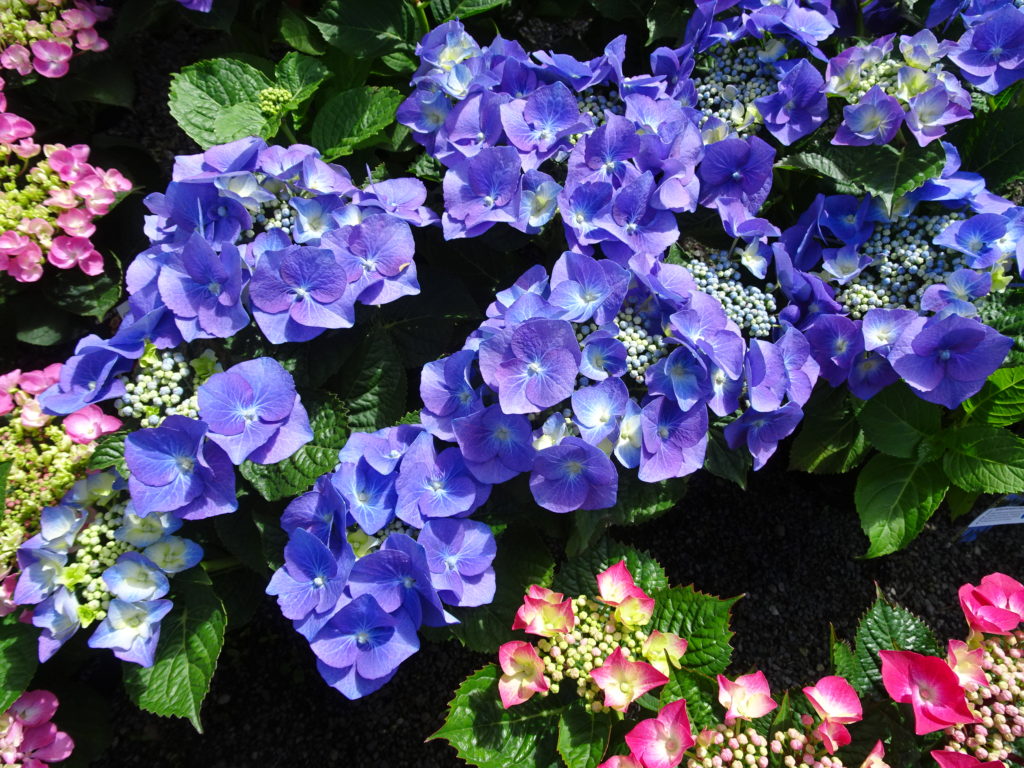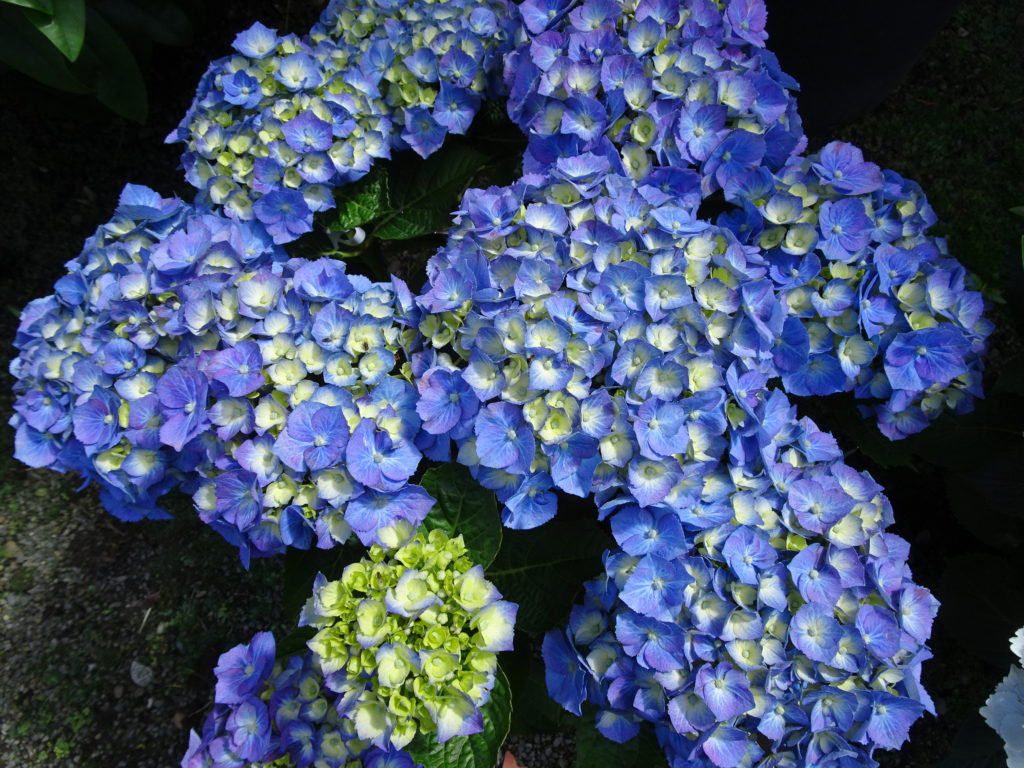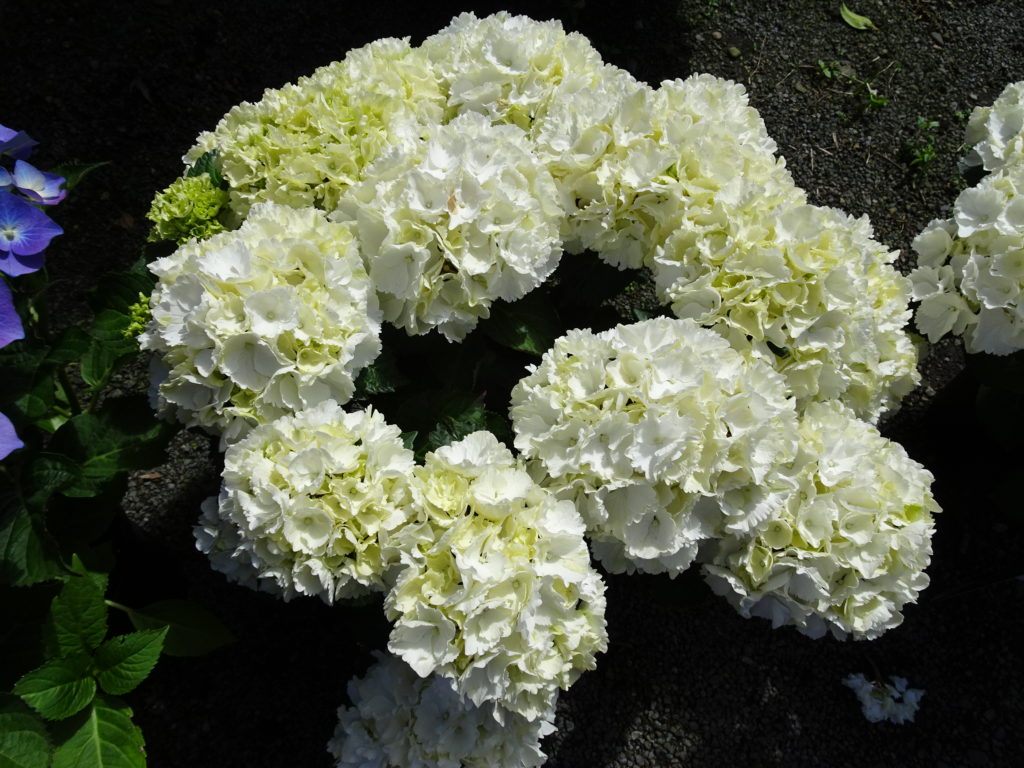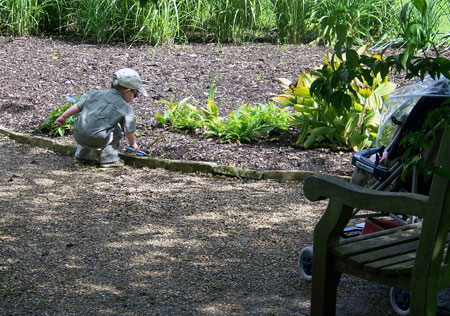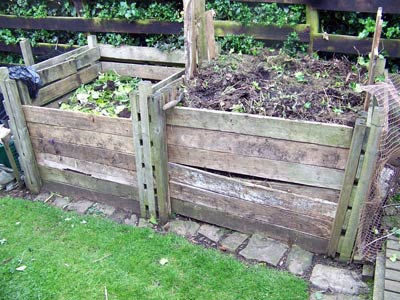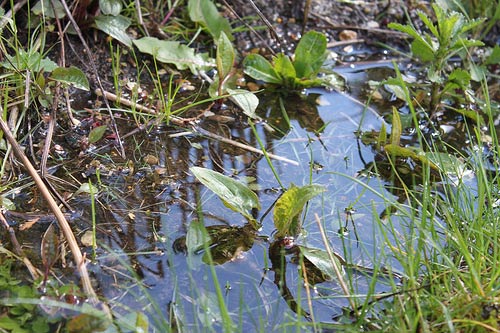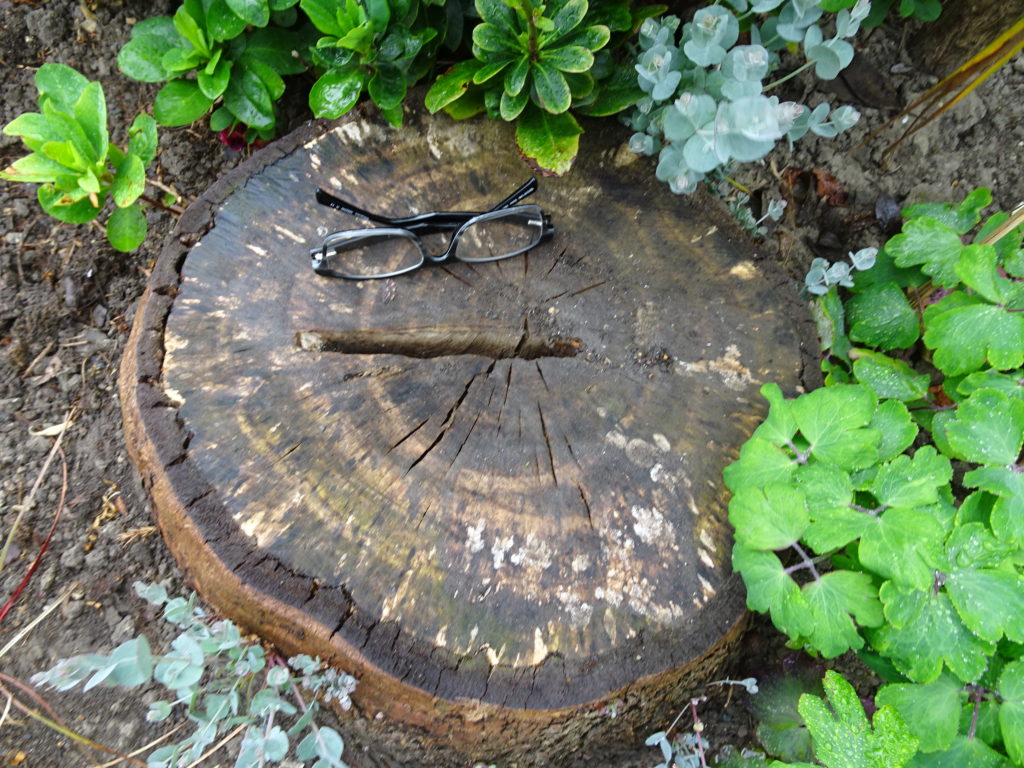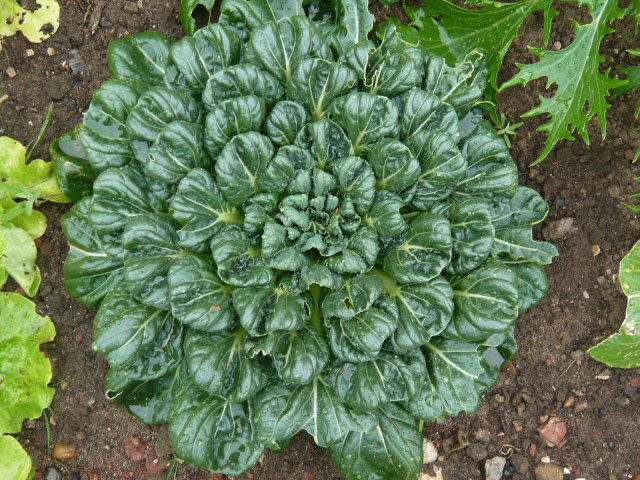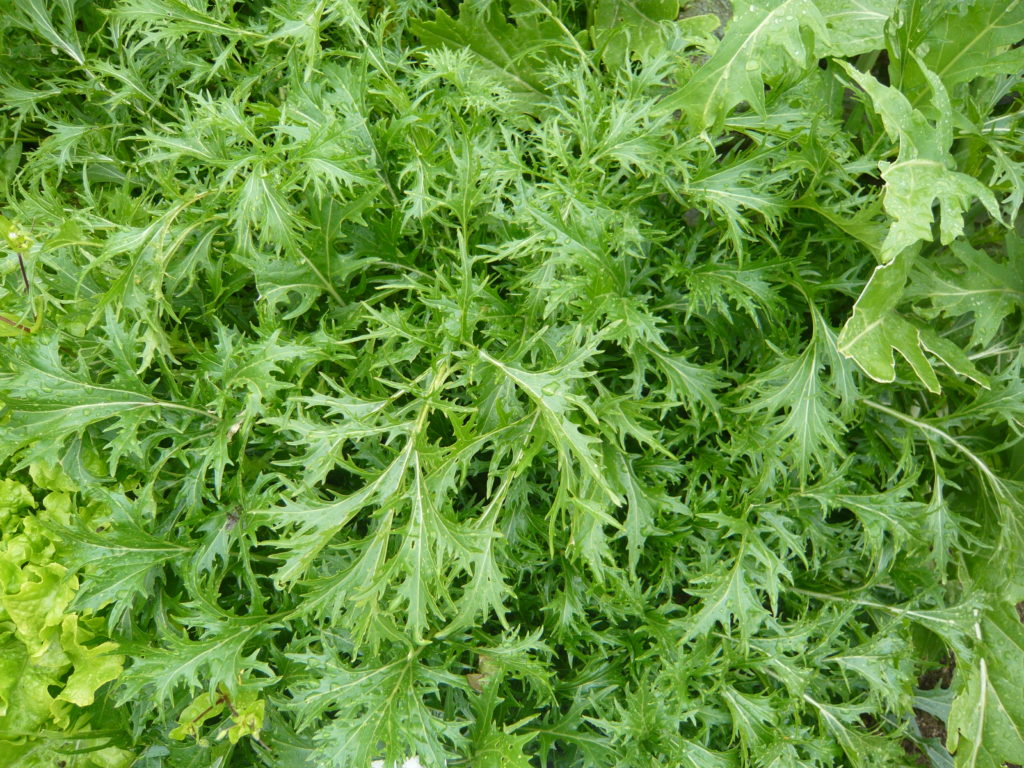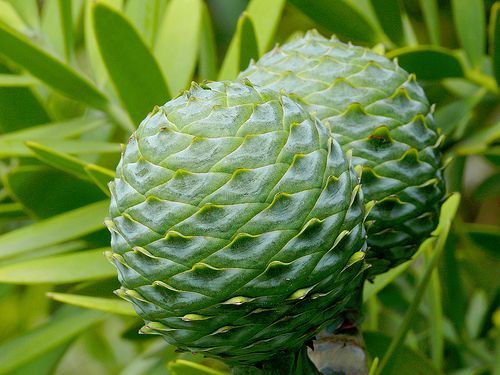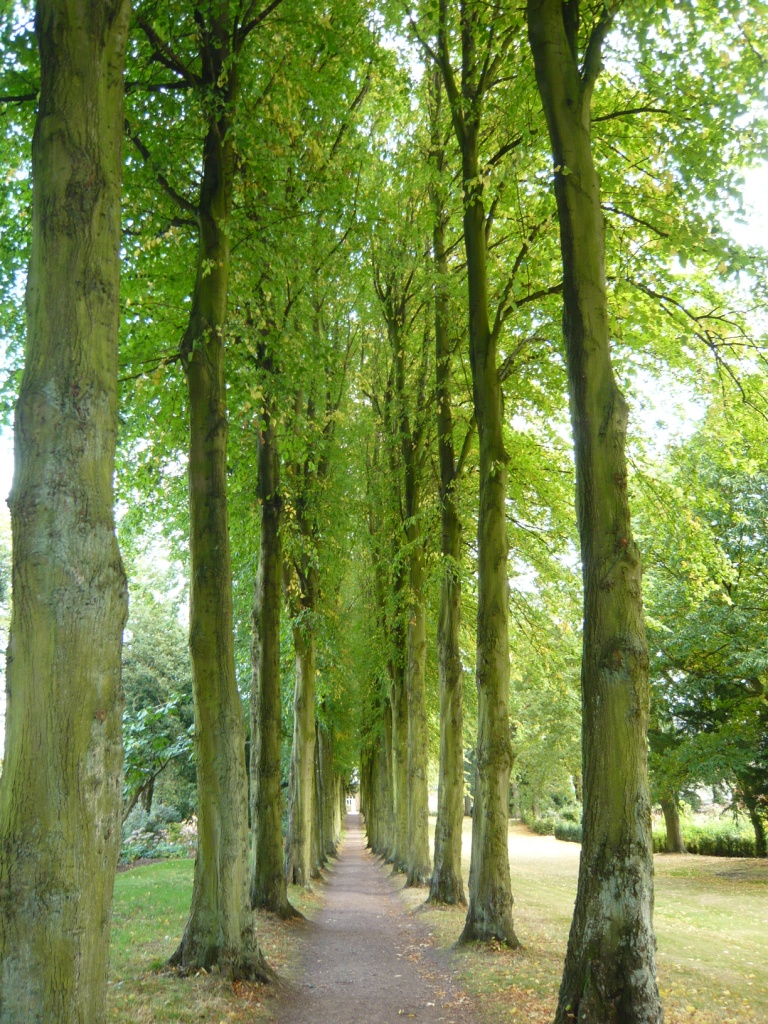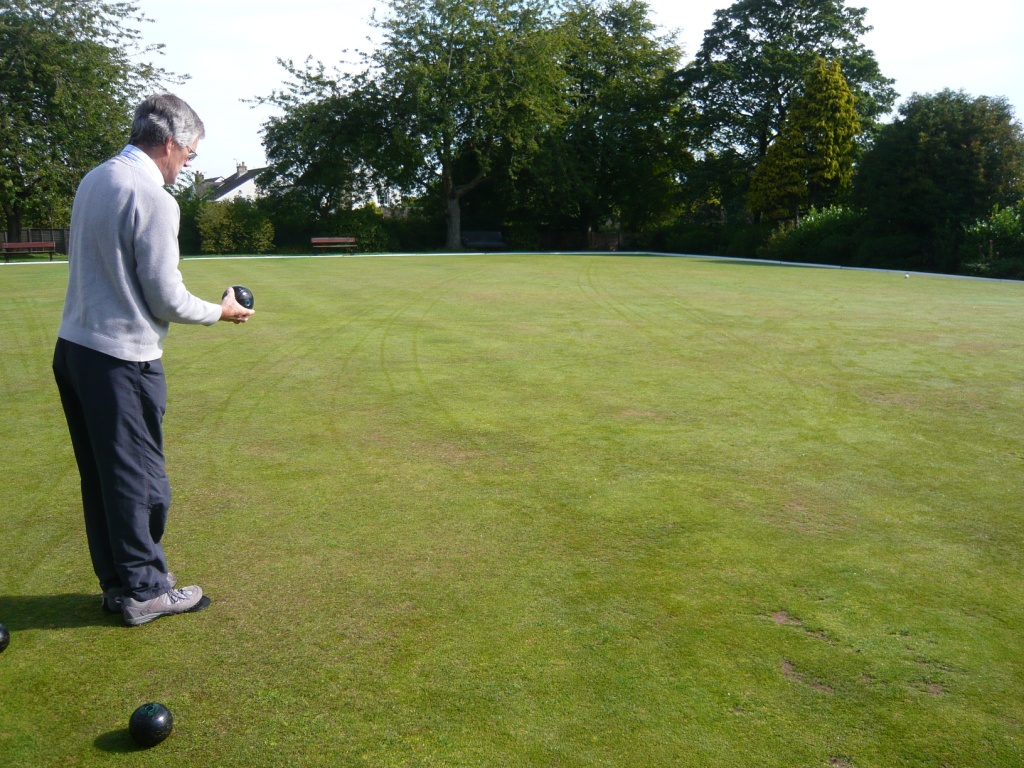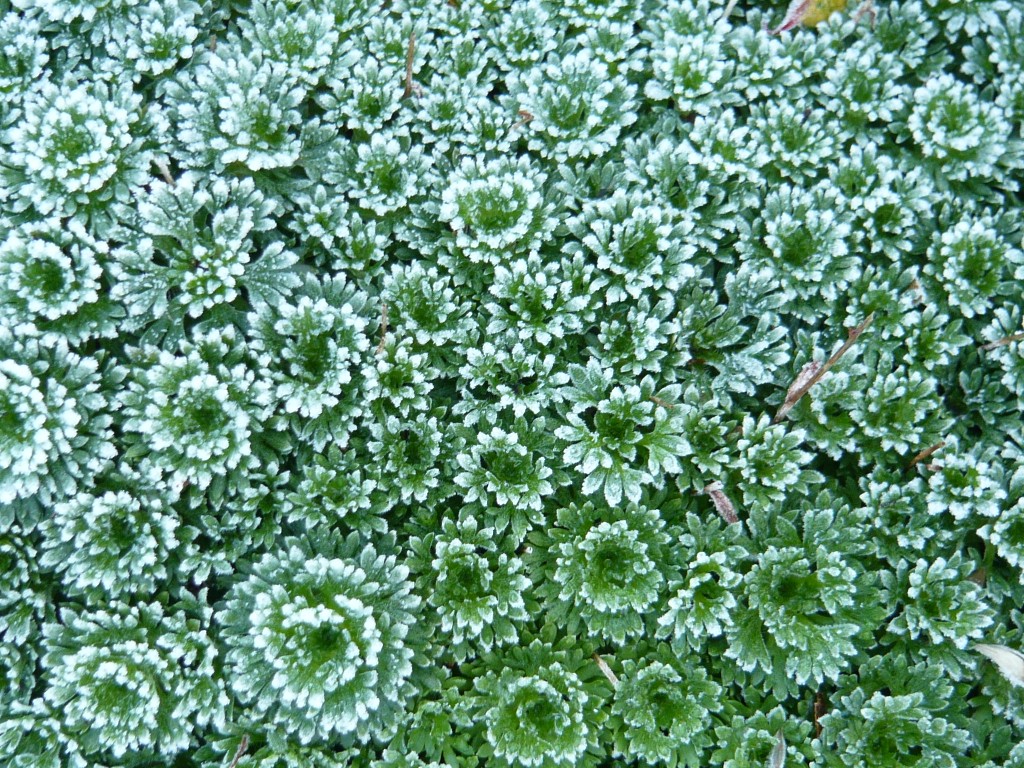Edible Hedges You Can Grow & Pick
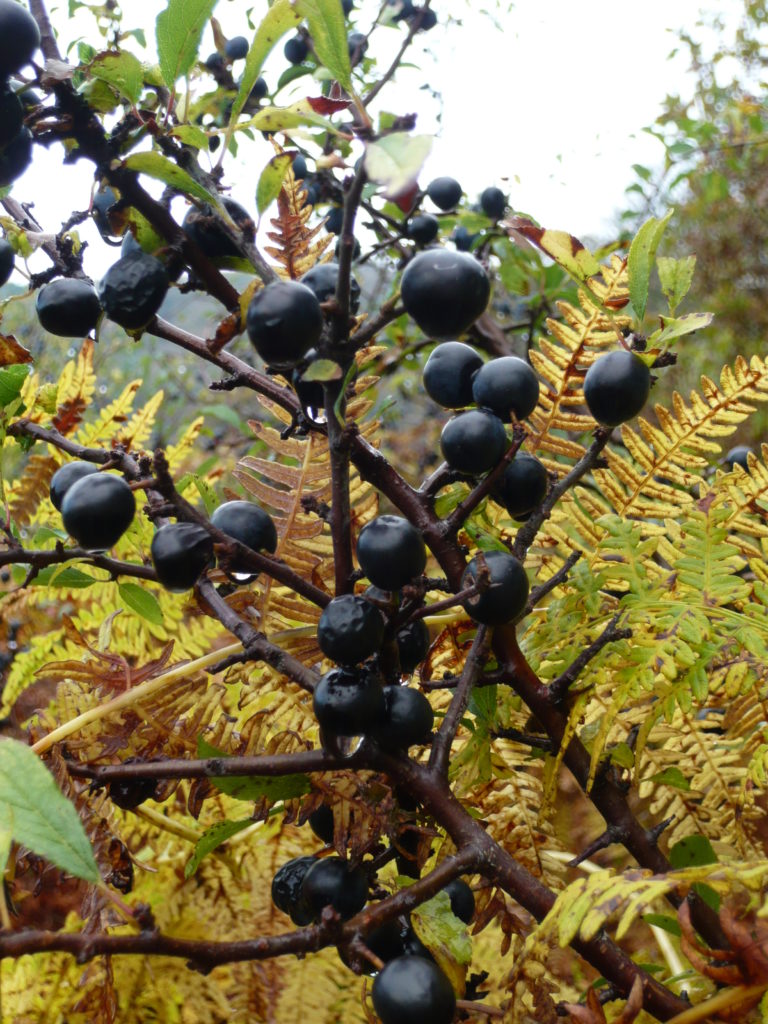
Sloes and damsons are in good supply this September in your local hedgerows. I have relied on my own blackberries this year but from the train window yesterday there were masses of plump black fruit for picking.
Forage amongst the book shelves to get a cornucopia of edible wild plant ideas.

You can plant your own edible hedge now until late March which will give you a supply of edible fruit and berries for years to come. Bare rooted plants are very reasonably priced.
Easy Step by Step Hedge
Clear the ground to remove weeds and old roots by digging or using Glyphosphate based weedkiller. Leave for a few weeks.
Pick a frost free day and when ready to plant put bundles of bare rooted plants into a bucket of water to give them a drink.
Mark out the line of the hedgerow bearing in mind you will want two staggered rows of plants. You can put down mulch matting and plant through it if you wish.
You will need 4-5 plants per square yard.
…
